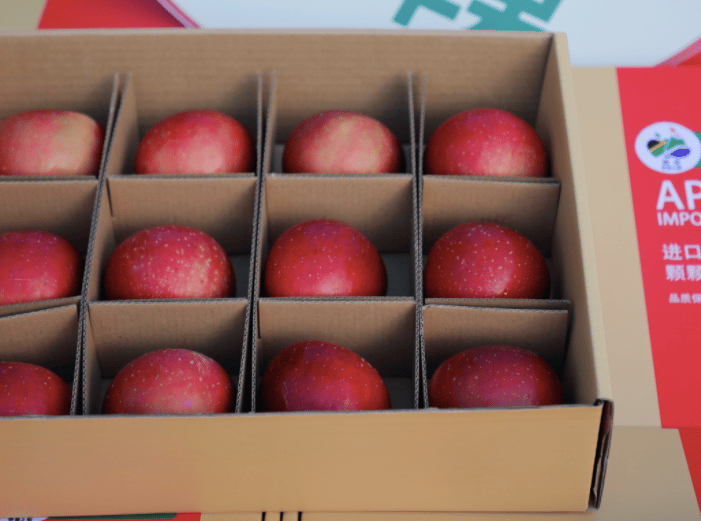Call Us : +91 83209 96560 +91 90029 00592 Mail Us : contact@vhamoverseas.com
Apple
Visual Specifications
Size & Weight: Tubers typically range between 1–3 kg, with some markets preferring larger tubers up to 5 kg.
Shape: Round, oval, or slightly irregular, but uniform shapes within a batch are preferred.
Skin Quality:
Brown, rough-textured outer skin, free from cracks, cuts, blemishes, or pest damage.
Should not show signs of fungal infections or rotting.
Flesh Color: Clean white or cream-colored flesh, free from dark spots, discoloration, or streaks.
Density: Heavy and firm tubers, indicating freshness and high-quality produce.
Maturity: Harvested when fully matured for maximum yield and storage life.
Freshness: Recently harvested tubers with no signs of drying, shriveling, or over-ripening.


Internal Quality
Taste: Mild and nutty flavor, free from bitterness.
Texture: Firm, non-watery, and free from fiber clumps or granular textures.
Moisture Content: Balanced moisture to prevent shriveling while maintaining firmness during storage and transit.
Nutritional Profile: High in carbohydrates, fiber, potassium, and vitamins, making it appealing in health-conscious markets.
Shelf Life: 4–6 weeks under optimal conditions:
Temperature: 12–15°C.
Humidity: 85–90%.
Post-Harvest Treatment:
Anti-fungal and microbial treatments can be applied to reduce spoilage during transit.


Packaging, Handling & Compliances
Packaging:
Packed in ventilated jute bags, netted sacks, or food-grade cartons, typically in 10–25 kg sizes.
Proper cushioning materials to avoid mechanical damage during transit.
Labeling: Clearly marked with details such as variety, grade, weight, origin, and certifications.
Preparation: Tubers should be cleaned (but not excessively washed to avoid moisture loss) and free from soil residues.
Residue Levels: Must comply with maximum residue limits (MRLs) for pesticides and other contaminants.
Phytosanitary Standards: Tubers must be pest- and disease-free, accompanied by phytosanitary certificates.
Certifications: Compliance with certifications such as Global G.A.P., HACCP, or organic certifications as required by the importing country.


